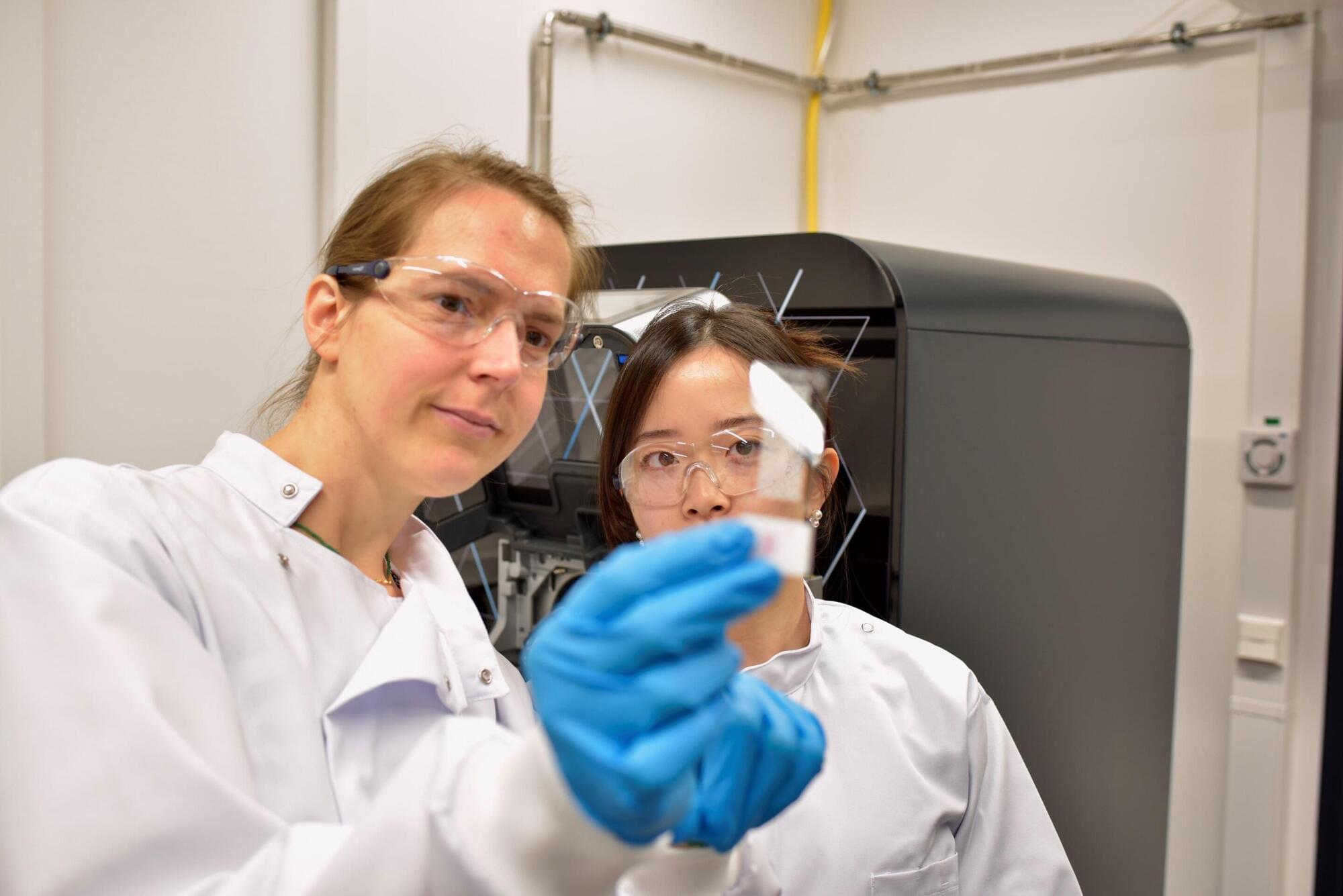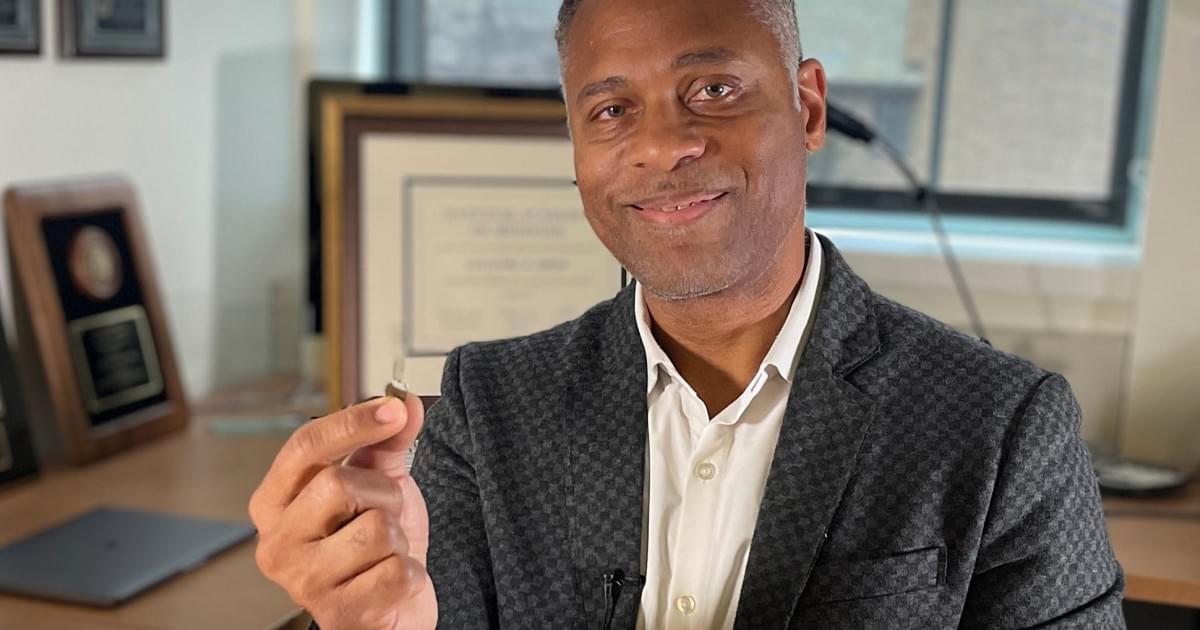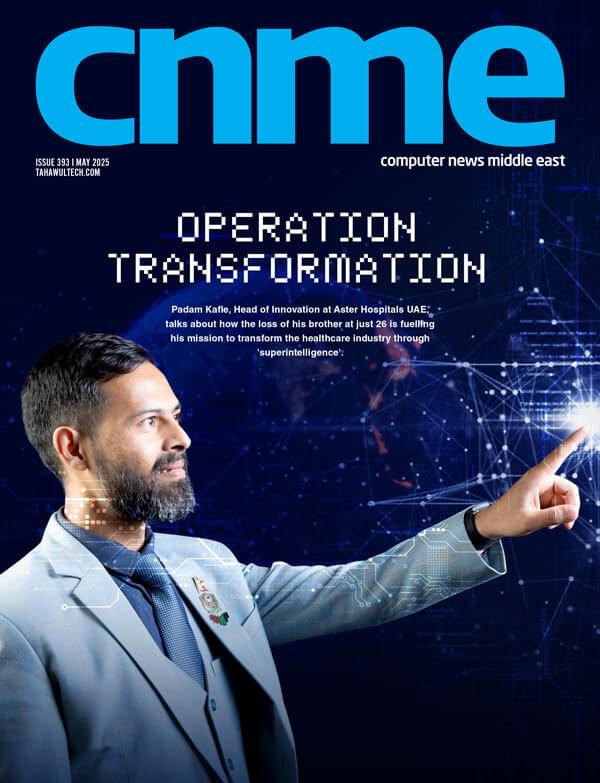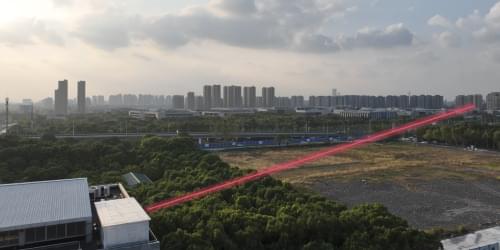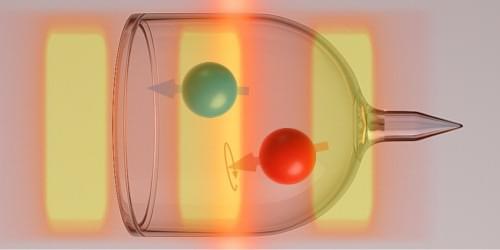Traditionally, bacterial diseases are diagnosed by the tedious isolation of pathogens and the creation of bacterial cultures. Waiting times of several days are the rule here. Only then can targeted treatment of the disease begin.
Researchers at the Technical University of Munich (TUM) and Imperial College London have developed a new method to identify bacteria with unprecedented speed. This means that the waiting time can be reduced from several days to just a few minutes.
The work is published in the journal Nature Communications.
